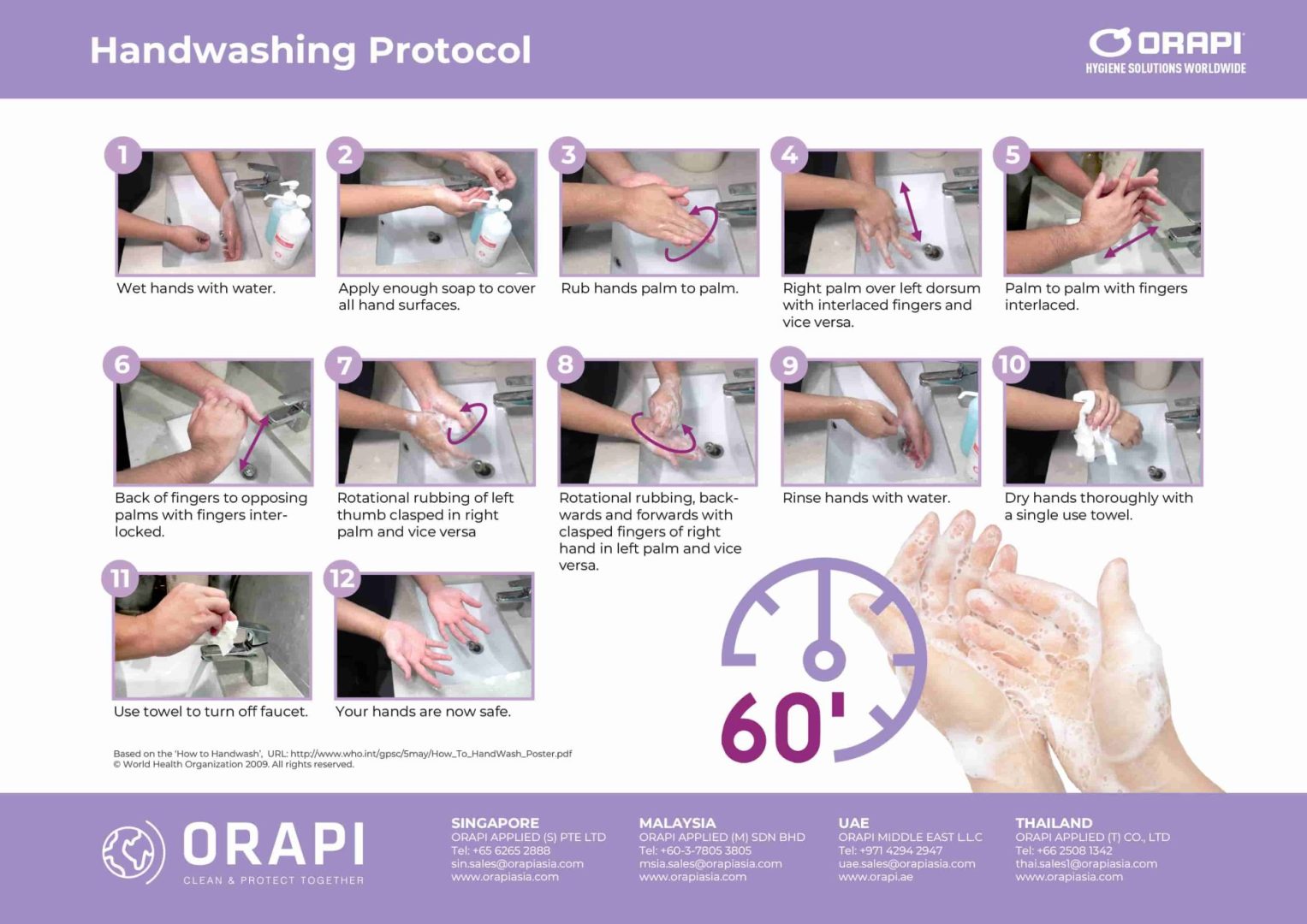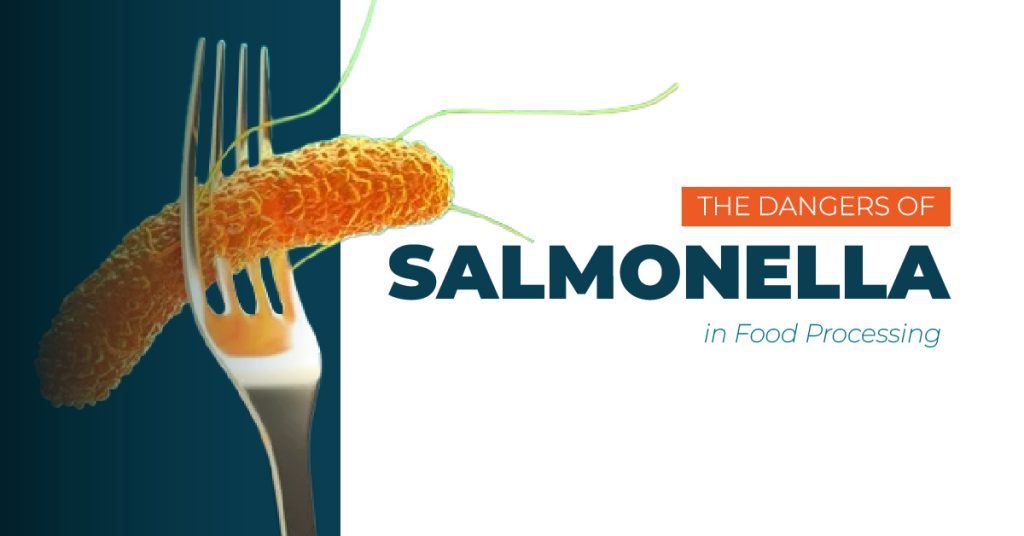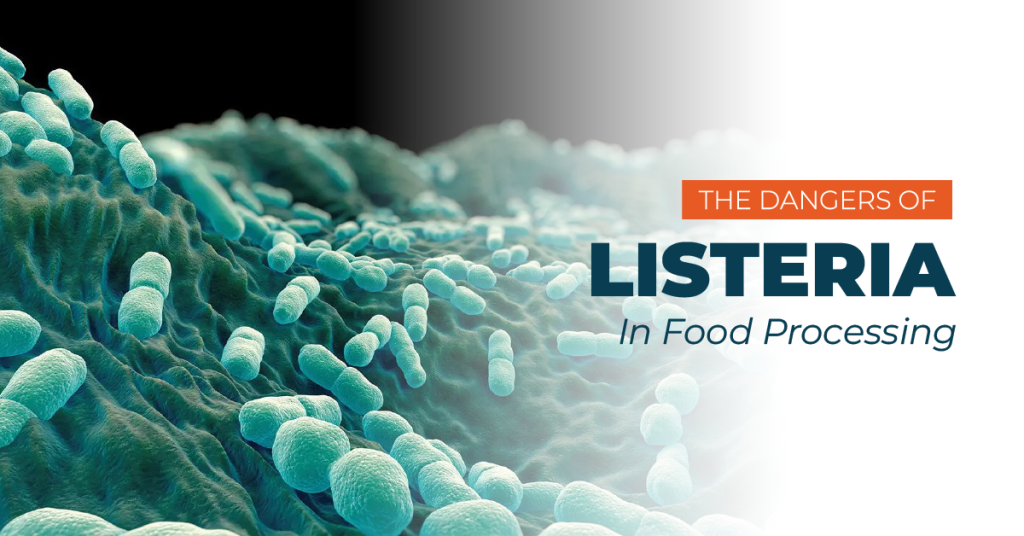-
- Industries
- Applications
- Expertise & Services
- Research & Innovation
- Sustainability
- Group
- Enquire Now
- Call Us
- Login
Hand washing is a critical practice for maintaining good personal hygiene and preventing the spread of infectious diseases. Proper hand washing is especially important for eliminating potentially life-threatening germs such as salmonella, shigellosis, hepatitis, and E. coli. Using a hand wash that is bactericidal, virucidal, and fungicidal ensures the effective removal of harmful microorganisms from your hands, reducing the risk of infections and protecting both yourself and others from getting sick.

Discover the importance of handwashing in saving lives and preventing foodborne diseases by exploring our recommended articles below:

Salmonella is one of the most common bacterial causative agents of intestinal diseases across the world. High-risk foods such as raw meat—when undercooked…

Listeria causes severe foodborne illness called listeriosis. Know its sources, symptoms, high-risk groups, restaurant and retailer guidelines, and product recommendations to halt its spread…..

There are many different types of Shigellosis (simply known as Shigella) that can cause diarrhea, fever, and stomach cramps….

Escherichia coli or better known an E. coli in food processing is a bacteria that lives in the lower intestine of warm-blooded animals and causes severe stomach cramps, bloody diarrhea, and vomiting….
If you do not have a myorapi account, please click on button below.
[button text="Request for an account" link="https://orapiasia.com/myorapi-login-request-form/"]